This week’s Eye on Nature is Ethna Viney’s final column for The Irish Times. She retires today after a long career in journalism. Ethna has been writing Eye on Nature since 1988, making it one of the longest-running Irish Times columns. (Her husband Michael’s Another Life is one of the few that predates it.)
She wrote her first articles for The Irish Times in 1963-64, on changes to Anglo-Irish trade agreements.
Through this column, Ethna has been a pioneer of what is now called user-generated content, accepting queries first by post and then by email, and answering them in the newspaper and on irishtimes.com.
To her readers, Ethna says: “I have appreciated very much all the correspondents that sent in such interesting letters and emails to Eye on Nature. Without them there wouldn’t have been a column.”
On behalf of The Irish Times and its readers, I extend my deepest thanks to Ethna for her years of service and wish her every happiness. – Paul O'Neill, Editor
Ethna Viney’s final Eye on Nature: Lazy cygnets and a garden gnome
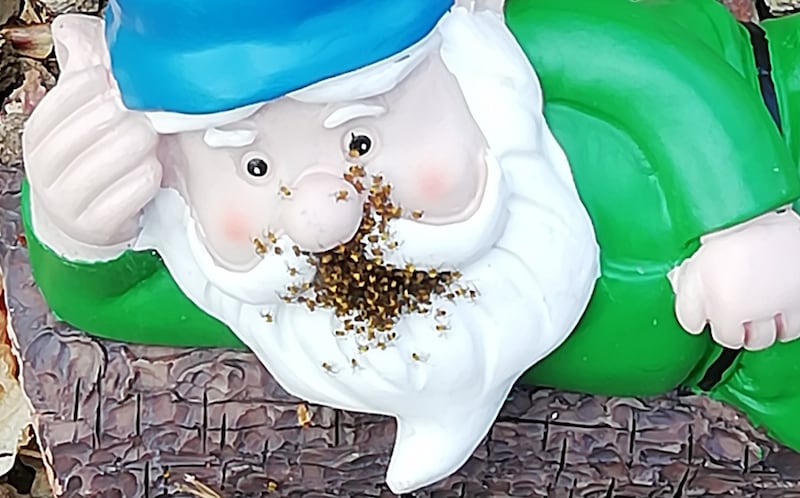
I noticed my garden gnome had grown a moustache. On further investigation I saw loads of minute spiders with yellow colouring. What are they? – Olga Horan, Castle Island, Co Kerry They are the spiderlings of the common garden spider, which spins a large web among the foliage.
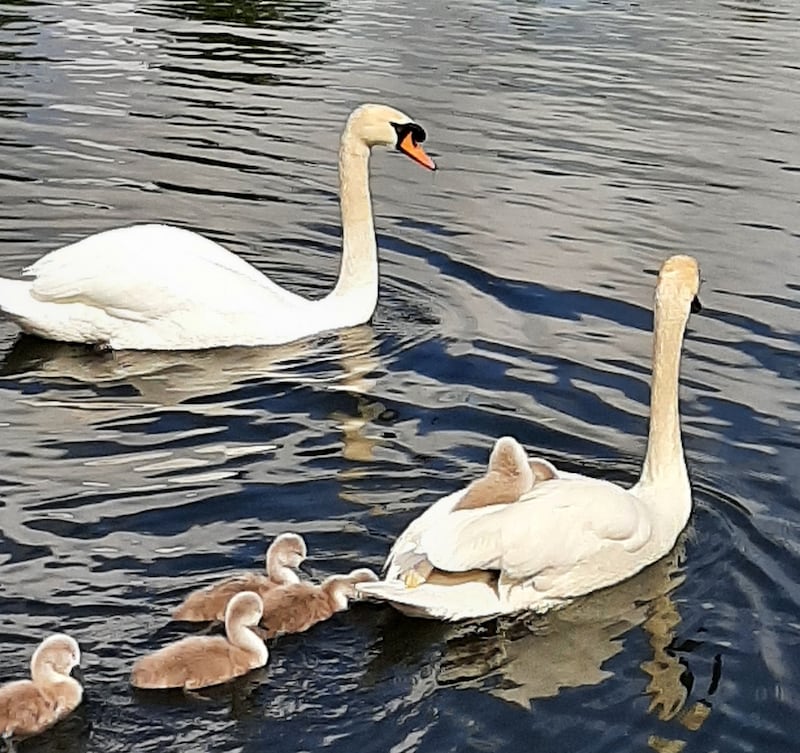
Two lazy cygnets hitched a ride while their siblings followed in the water in Tallaght's Sean Walsh Park. This pair of swans had six cygnets this year, as opposed to two last year. – Mary Jenner, Tallaght, Dublin 24
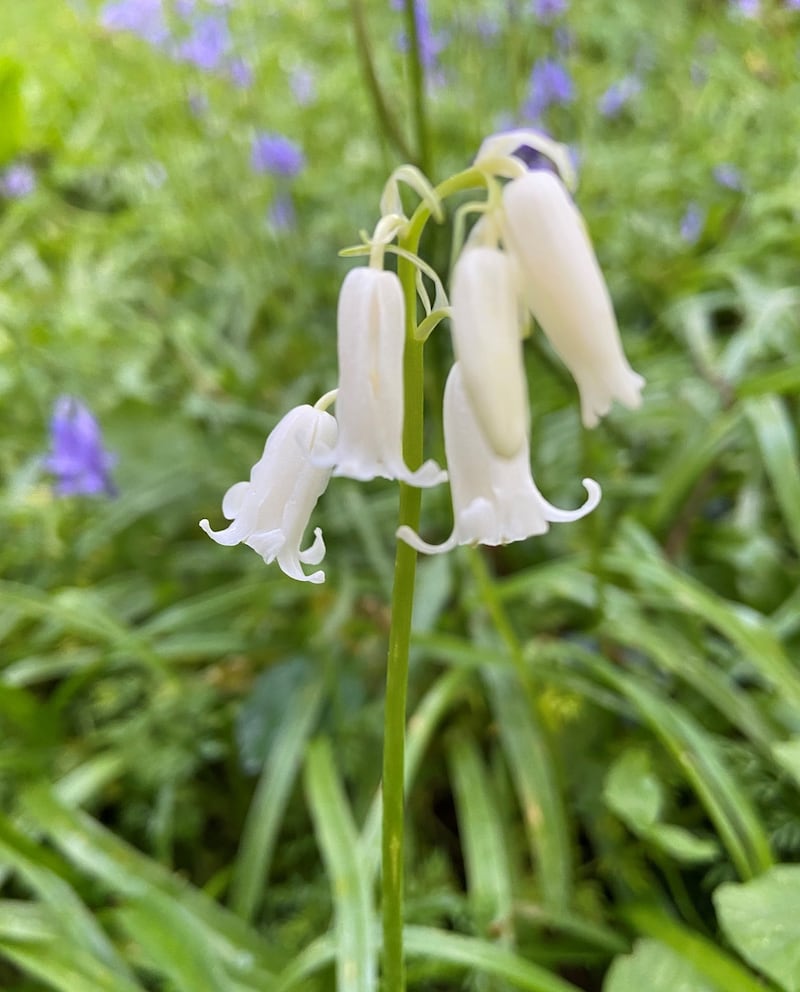
I recently came across six of these beautiful white bluebells in a local hazel woodland. I believe the incidence is one in 10,000. – Michael Brogan, Ballyhaunis, Co Mayo

I caught a trout on Lough Corrib and it came aboard with its own passenger attached. The discoloured area and the perforation is where it sucked the blood. – Damien Maguire, Maynooth, Co Kildare That was a leech.
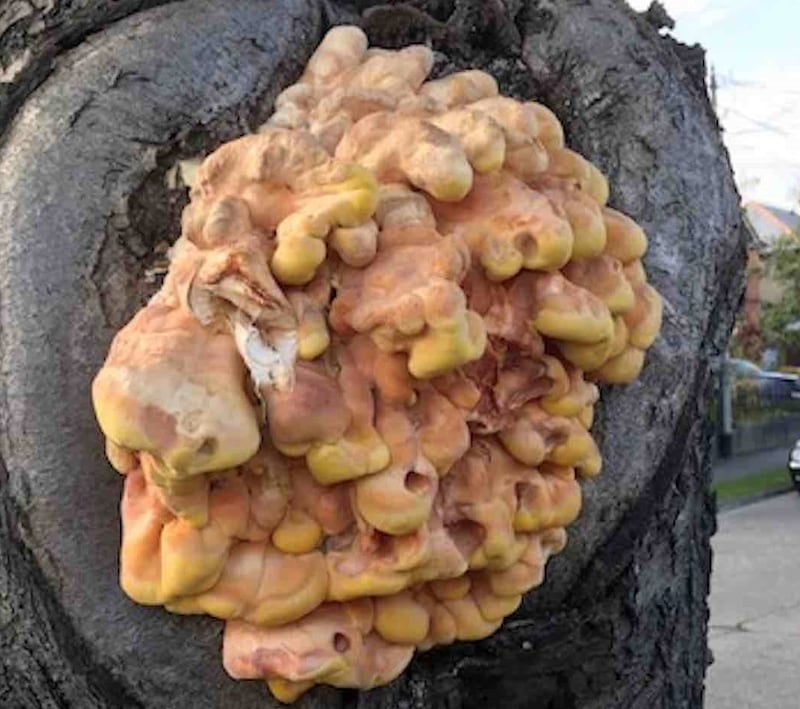
I came across this growth on a mature street-side tree in Drumcondra. What is it, and will it damage the tree? – Paudie Galvin, Drumcondra, Dublin 9 The chicken of the woods is the fruiting body of a fungus that attacked the heart wood of the tree, possibly many years before it appeared. It will weaken the tree, leading to other diseases.
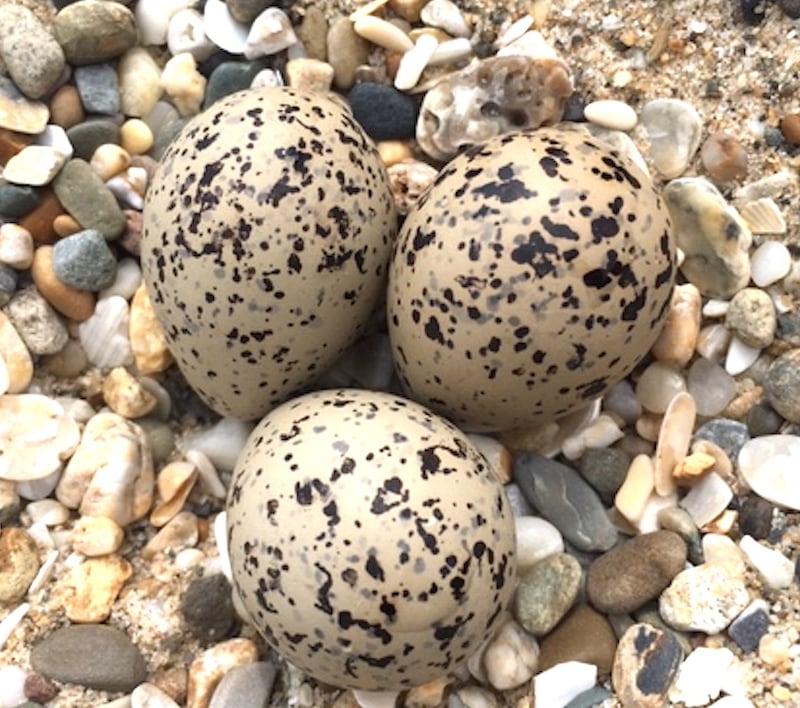
I saw this little group of eggs on Roney beach, and I think they are those of the ringed plover. Unfortunately, I fear they will not survive, as there is coastal-protection work close by, and the beach is very busy with walkers and dogs. – Valerie Duffy, Wexford Yes, they are ringed plover eggs.
I noticed wilting and holes in the leaves of my potted lilies; then I saw a red beetle on it. What was it? – Anne Drislane, Clontarf, Dublin 3 It was the scarlet lily beetle, an invasive alien brought in on imported plants. It damages the plant, so get rid of it.










